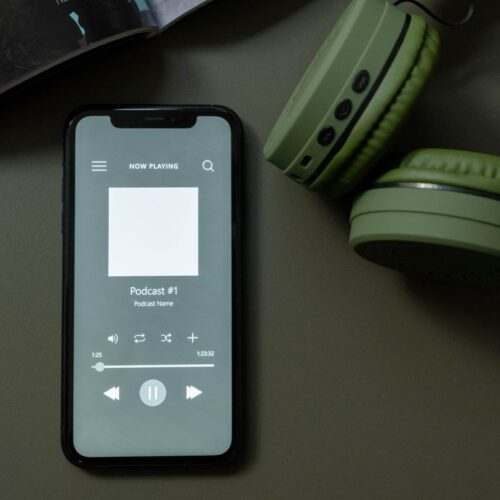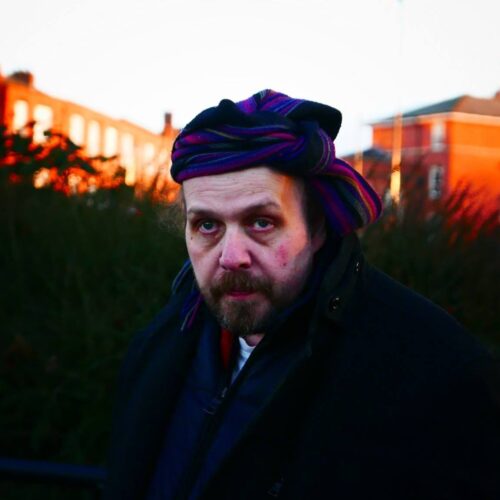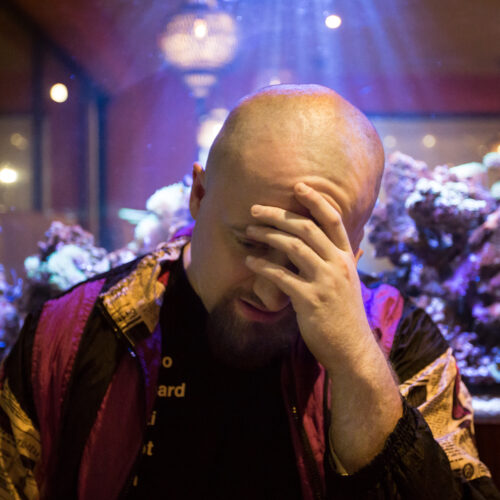
Twentieth Century Pioneers: Varèse
This is a post from the weareoca.com archive. Information contained within it may now be out of date.
‘An artist is never ahead of his time but most people are far behind theirs’ (Edgard Varèse)

If you could have dinner with anybody, from any era, who would it be? For me, the answer would undoubtedly be Edgard Varèse, an innovative pioneer of the twentieth century who was without question ahead of most of the other people who inhabited his time.
Varèse was born in France in 1883, and lived in France, Italy, Germany and the United States at various times in his life. His teachers included Albert Roussel and Charles-Marie Widor, and his early works were influenced by Debussy and Strauss. In 1918, a fire in a Berlin warehouse resulted in the destruction of all of these works, and by the time of his death in 1965 his entire compositional output could fit onto a double CD. He struggled in his life, feeling that he didn’t fit in with the world, and lived a life fraught with frustrations and disappointments.
Despite this, though, Varèse stands out for me as a composer whose impact has helped to shape the development of music in the twentieth century and beyond. A number of notable figures in the music world have cited him as an important influence, including Frank Zappa, Morton Feldman, Iannis Xenakis, Olivier Messiaen, Charlie Parker and Krzysztof Penderecki. His influence extended beyond music too, and he was connected with the Dadaist movement, counting Man Ray, Duchamp and Picabia amongst his personal acquaintances.
Although small, his compositional output was revolutionary and many of his works are important ‘firsts’ – for example, Ionisation was the first concert work for percussion ensemble and Déserts (1953) was the first piece to combine electronic sounds and live instruments. His Poème Electronique, written for the Le Corbusier designed Phillips Pavillion at the 1958 World’s Fair, is a seminal work in the history of electronic music, with 425 speakers providing spacialization what was probably the first ever performance in surround sound. As a flute player, it would be unimaginable not to mention his solo flute work, Density 21.5, written for Barrère’s platinum flute and exploiting the instrument’s fast response of dynamic and range. Here, Varèse included what were probably the first uses of both key clicks and high D in the flute’s repertoire.
He has been called the ‘Father of Electronic Music’, and his experiments with a tape recorder in the 1950s revolutionized his approach to music. At that time, tape music was edited through literally cutting up the recorded material with a knife, and sticking it back together in different orders or durations. His experience of this resulted in his development of the concept of organized sound challenging the traditional concepts of melody and harmony, and instead creating juxtaposed blocks of sound in both instrumental and electronic music.
Throughout his life, Varèse was interested in new sounds and new instruments This can be seen through the extended orchestra used in Amériques (1918-1921 and revised in 1927), which includes parts for heckelphone, contrabass clarinet, ratchet, boat whistle, siren, wind machine, crow call and lion’s roar. He once said “I dream of instruments obedient to my thought and which with their contribution of a whole new world of unsuspected sounds, will lend themselves to the exigencies of my inner rhythm.”
Varèse’s music, for me, is as fresh and new after several hearings as it was the first time I heard it. I can only imagine what he’d be producing now, had he lived to see the development of new instruments and technology that we have today.






Who would I like to have dinner with? Someone amusing with just a little playful streak; perhaps Haydn or Rossini, James MacMillan, Britten (perhaps a bit too provocative). I wouldn’t want someone who took himself too seriously as they might be heavy going and I would include Bach, the composer I revere the most, in this list with Wagner and Brahms. Mozart would be altogether too playful.
Why is it that in Western art we lay so much emphasis on innovation? No doubt Varese had a considerable influence on musicians from the classical and non classical worlds but will his music survive? Possibly, but I would lay bets that Messaien will stand a better chance because he exploited his instruments of choice, particularly the organ and made good use of their unique capabilities. (For me there were only two truly great composers for the organ – Bach and Messaien, but I don’t expect lovers of Widor and other French composers to agree.) Or he just exploited the instruments he had to hand as in his Quartet for the End of Time. And innovation with instruments and electronics is all well and good but should the instrument be the central focus of a work? You could play Bach on almost anything including a penny whistle and it would sound satisfying.
For me music has to have a heartbeat and to arouse an emotion in me. There can be an intellectual content which is also satisfying but it seems to me that the greatest composers are able to combine all these elements through the medium of rhythm and harmony which while it might have an underlying structure of breathtaking complexity somehow surmounts this to move me in a way which no other art form can. Does Varese move me in the way that Byrd, Bach, Mozart, Messiaen, MacMillan, Part and Britten do? So far not, but you never know.